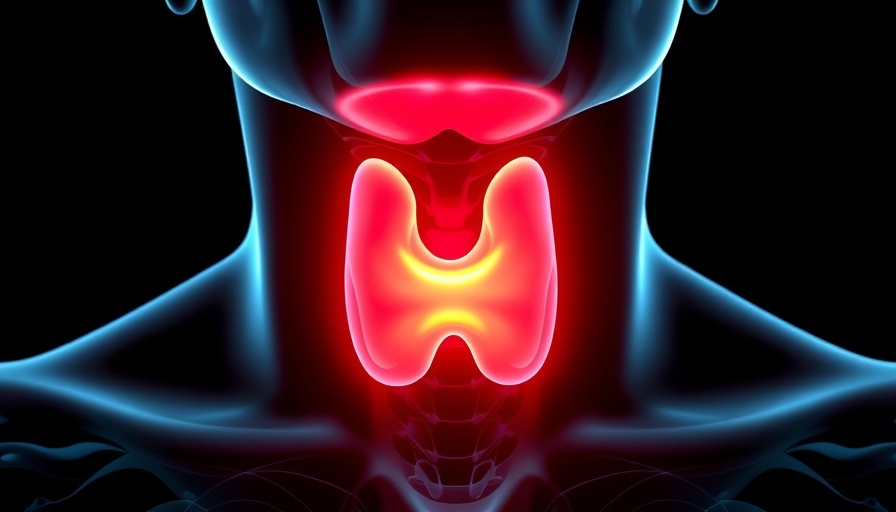
Why Your Smile Deserves the Fast Track
If you’ve embarked on the journey of Invisalign treatment, you already know it’s a life-changing experience. But how long will that journey take? Typically, wearing those nifty aligners can span anywhere from 6 months to over 2 years. The good news? There are effective ways to speed it up, allowing you to enjoy that dream smile sooner rather than later.
Wearing Your Aligners: The Golden Rule
One key to ensuring that your Invisalign journey is effective is simple yet often overlooked: wear your aligners for 20 to 22 hours each day. It may sound daunting at first, but remember—the more consistently you wear them, the more efficiently they can do their job. Every hour matters when it comes to shifting those pearly whites into place!
Stay Up-to-Date with Your Aligner Schedule
Invisalign is built on a strict timeline. It's crucial to change your aligners on schedule. Each pair is meticulously designed to move your teeth in a gradually progressive manner. Missing a change can not only prolong your treatment but also disrupt the steady pace of improvement you desire. Try setting reminders or alarms on your phone as a simple hack to stay on track!
The Importance of Dental Hygiene
Never underestimate the power of good dental hygiene during your treatment process. Keeping your mouth and aligners clean is vital not just for your oral health, but also for keeping your treatment progress uninterrupted. Neglecting your routine could lead to gum disease or other issues that might delay your Invisalign treatment.
Brushing: A Non-Negotiable Step
Before you pop your aligners back in, make it a point to brush your teeth. Why? Any leftover food particles can become a breeding ground for bacteria that could lead to significant dental problems. It’s a small step that makes a big difference!
Mindful Eating: Set a Timer!
Being intentional about the time you spend eating can inadvertently speed up your treatment. Set a timer while you eat—this little trick ensures you stay aware of your aligners and limit their removal time during meals. After all, the goal is to maximize the hours you wear your aligners each day.
Overcoming Challenges with Support
Going through Invisalign treatment can sometimes feel isolating. Lean on family and friends—share your goals and progress with them. You might be surprised at how supportive they can be, even if it’s just reminding you to wear those aligners or helping you stay accountable on your schedule.
Embracing the Transformative Journey
Every smile journey is unique. It’s important to maintain a positive mindset through the ups and downs. Visualize the end goal—the confident, beautiful smile waiting for you on the other side of this commitment. Embrace the transformation, and remember that each day brings you one step closer.
Conclusion: Take Action for Your Ideal Smile!
It’s clear that with consistency and mindfulness, you can significantly accelerate your Invisalign treatment. By following these nine essential tips, you’re not just investing in your smile; you’re also prioritizing your health and well-being. Now that you’re equipped with this information, take the next step towards achieving that perfect smile. Remember, every moment counts towards your transformation!
 Add Row
Add Row  Add
Add 



Write A Comment